At the most basic level, the difference between double-action and single-action is a simple one; double-action firearms perform two functions with a pull of the trigger, first cocking the hammer or striker, then releasing it, while single-action firearms perform only the latter. The pros, cons, and best applications of each system, though, get a fair bit more complicated.
Firearms come in a wide variety of operating styles, and they don’t always fit neatly into double-action or single-action. Many firearms are double/single-action, allowing them to be fired in either mode, while others may be technically single-action but offer restrike capability.
When it comes to real-world applications, the topic gets foggier still. There’s a great deal of debate about whether double- or single-action firearms are superior for concealed carry and self-defense. Ultimately, like most topics of this nature, the answer will largely come down to personal preference, but there are still a few clear-cut advantages to each system that are important to know before making a decision.
Forewarned is forearmed, after all, and being armed is what we’re all about.
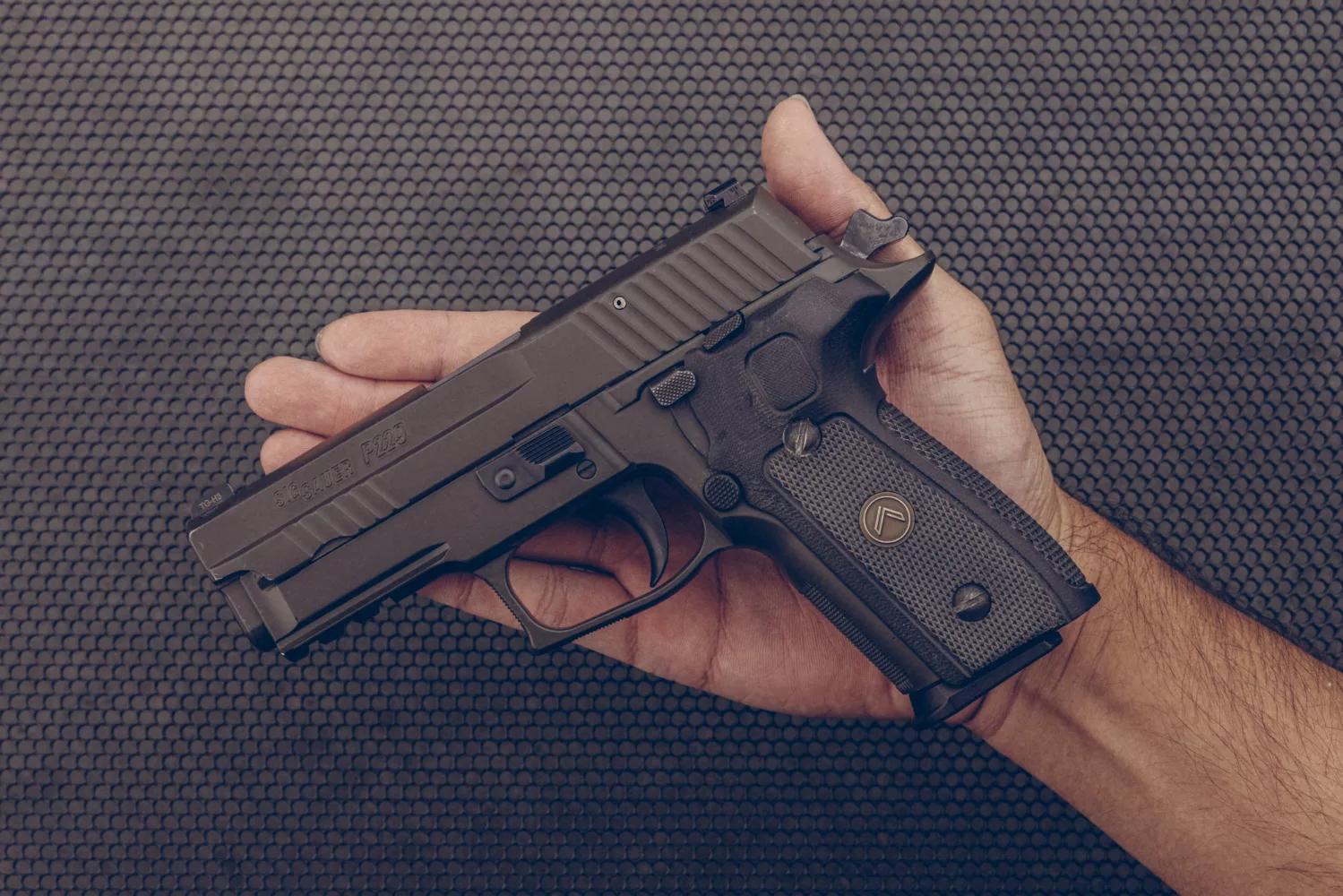
Action Types: The Options
Contrary to our title, double-action versus single-action isn’t a simple dichotomy. Firearm manufacturers like to mix and match technologies, giving us a variety of hybrid designs that offer some of the functionality of each action type.
Double/Single Action is the most common of these, combining a double-action initial trigger pull with a single-action pull for subsequent shots. It’s a very popular one, too, arguably more so than true double-action designs, at least in the case of modern firearms.
Other types include single-action with restrike capability, which offers some of the peripheral benefits of double-action in a single-action package.
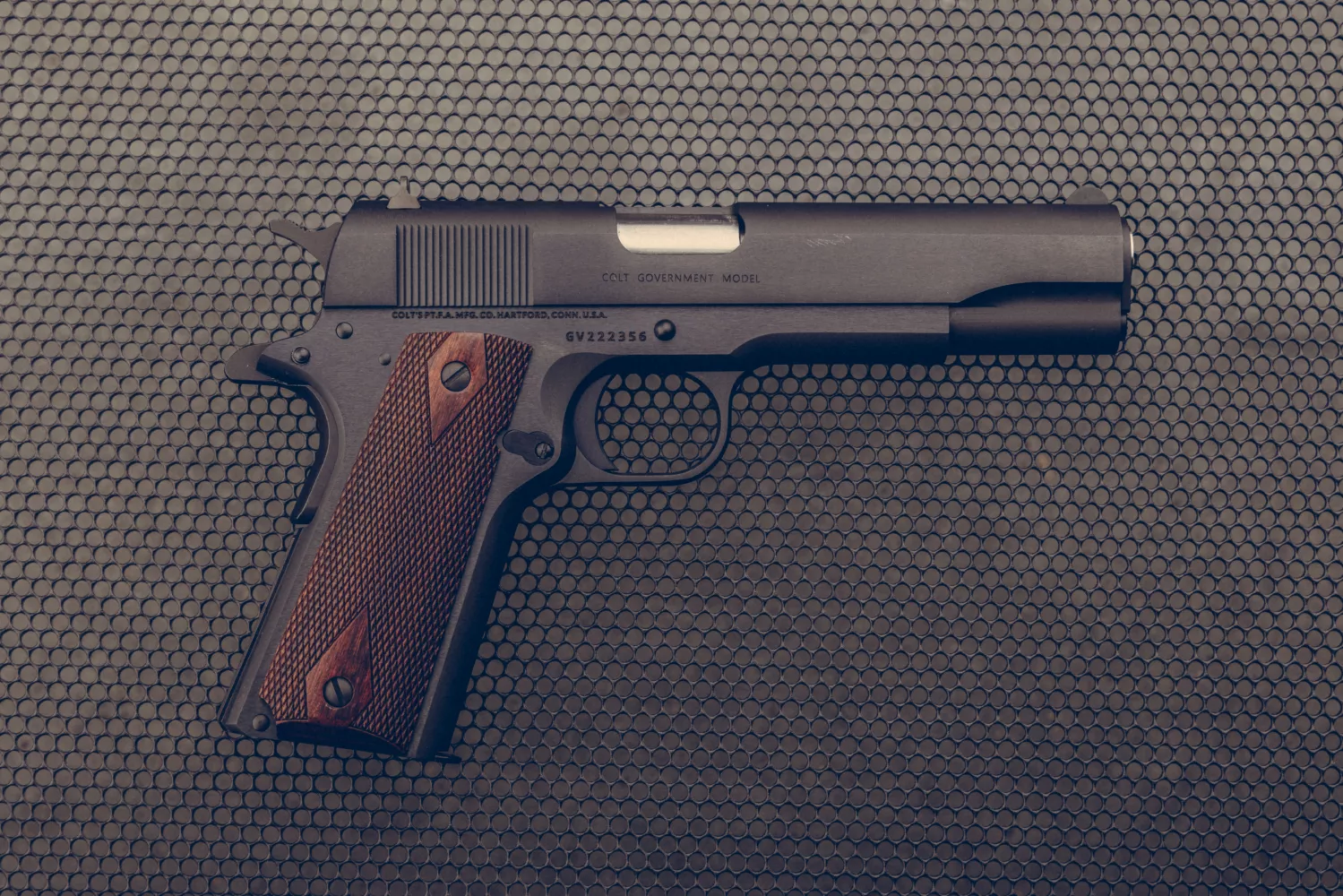
Single Action Only
Single-action only is arguably the simplest of the various action types. In a single-action handgun, the trigger serves one simple purpose: to release the hammer or striker, firing the round if one is chambered. This means that the act of cocking back the hammer or striker is entirely separate and must be accomplished on its own. This cocking process will look very different depending on whether the handgun is a revolver or a pistol.
In a single-action-only (SAO) revolver, the hammer is cocked back manually, generally with the thumb of the firing or support hand. This action also usually serves to rotate the cylinder, align a fresh cartridge with the hammer, and lock it in place.
Single-action-only revolvers are largely obsolete, though perhaps not entirely. Most modern-production single-action revolvers are replicas of older designs, such as the Colt Single Action Army (also known as the Peacemaker). These handguns are largely intended for range use or Cowboy Action competitions, rather than personal defense.
However, North American Arms does still manufacture a line of ultra-tiny single-action-only revolvers chambered in rimfire cartridges. While not a traditional choice for self-defense, it is essentially the smallest firearm commonly available, making it an option for those who demand the highest levels of concealment or desire a discreet backup piece.
In a single-action pistol, cocking is typically accomplished by racking the slide, which presses back the hammer or striker and chambers a round. Unlike a single-action revolver, though, semi-automatic pistols do not have to be cocked before every shot, as the reciprocating slide will take care of that automatically.
However, not all semi-auto pistols are cocked this way. HK’s iconic P7 series, for instance, breaks cocking the striker and loading the chamber into two separate functions. In the P7, the slide must be racked to chamber a round, but the striker is cocked by a unique lever built into the front of the grip. This lever also decocks the striker when released, a rarity amongst single-action pistols.
The quintessential single-action-only pistol, though, is also a Colt: the venerable Model 1911. The original design is over a hundred years old, but the 1911 is still produced in large numbers by a variety of manufacturers and is trusted by many for personal defense and professional use.
Single-action-only handguns tend to have shorter and lighter triggers than average double-action-only or double/single-action pistols. They also inherently feature a consistent trigger pull; that is, the trigger weight and length of travel are the same during every single shot. These two attributes combined generally make them easier to shoot accurately compared to other action types. In the case of semi-automatic pistols, the light, short trigger pull helps with speed as well, although single-action revolvers are hamstrung by the need to manually cock the hammer each time.
Because of this, single-actions are extremely popular amongst competition and bullseye target shooters. Single-action semi-autos are also quite common as defensive firearms, but they aren’t nearly as dominant in that space.
While single-action firearms tend to deliver the best triggers, they are not without drawbacks.
With single-action revolvers, the primary drawback is obvious; forcing the user to manually cock the gun between every single shot heavily limits how fast it can be fired.
Single-action pistols typically feature a manual safety to prevent the short, light trigger pull from being unintentionally activated. Many users feel that manual safety is a liability on a defensive firearm since it introduces an additional action that must be performed in order to render the firearm operable—that is, switching off the safety. During a high-stress encounter, that’s one more action that can be forgotten or fumbled.
While we would generally hold that responsible firearm handling is sufficient for the safe operation of any firearm, some users do feel that the lighter triggers of single-action guns make them more prone to negligent discharges, particularly in models where a manual safety is not present. Regardless of your firearm’s action type, your finger should never be anywhere near the trigger unless you intend to fire, but it is technically true that lighter triggers are slightly easier to accidentally actuate by catching on a piece of clothing or the thumb snap of a holster.
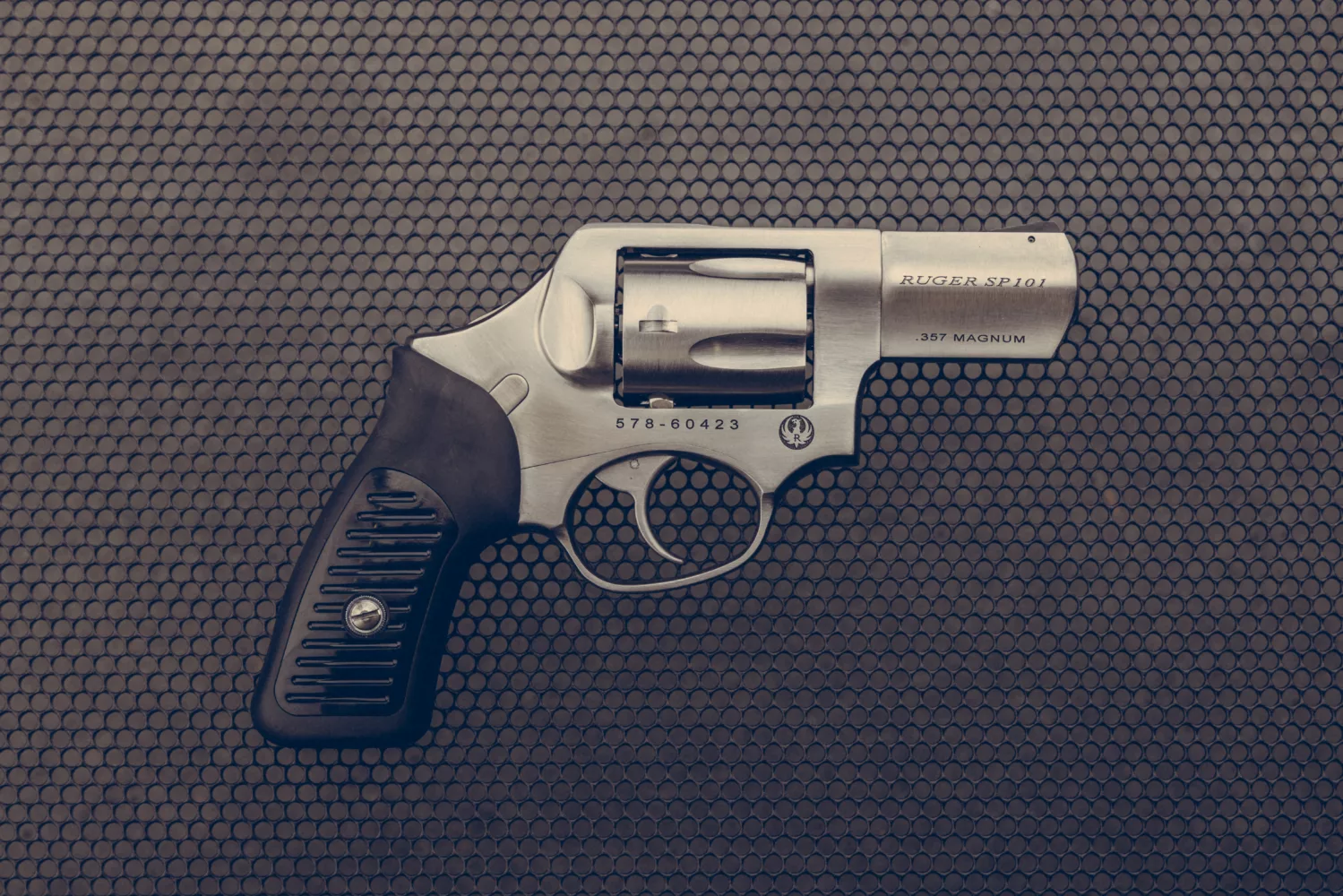
Double Action Only
Double-action, as the name suggests, is more complex than single-action, both in their mechanical parts and usage. Whereas single-action-only firearms merely release the hammer with a pull of the trigger, double-action firearms both cock and release the hammer with a single pull.
Because the trigger pull is performing more work, it is necessarily longer and heavier than a single action. Depending on several factors, it may have several distinct stages as well, each with a different feel and amount of weight. As such, double-action-only (DAO) firearms tend to be more difficult to shoot accurately, although skilled marksmen are still fully capable of being just as accurate with a double-action pistol as with a single-action one.
In the case of double-action-only revolvers, the hammer is generally bobbed or entirely internal, reducing snag potential and overall size. Modern DAO revolvers are typically small and designed with concealed carry in mind. Their size and weight, combined with the double-action trigger, make them challenging to shoot accurately at extended distances, but they are not without benefits.
Small, double-action revolvers tend to be amongst the most discreet weapons available. Their smooth lines make them more resistant to printing than the hard corners of semi-autos or the protruding hammer spurs of single-action revolvers.
By merit of having no external moving parts other than the cylinder, they are also much more reliable in certain close-quarters scenarios. Pistols can be pushed out of battery or fail to feed due to increased resistance on the slide when fired while pressed against an object. Similarly, single-action or double/single-action revolvers with exposed hammers are liable to have those hammers snagged. Revolvers with internal hammers, though, have no such concerns, and can even be fired from within a coat pocket without jamming.
Double-action pistols likewise often feature bobbed hammers, though rarely fully internal ones. Compared to their single-action counterparts, they tend to have heavier triggers with longer travel distances. As with single-action pistols, though, they provide a consistent trigger pull every time.
Double-action pistols are considered by some users as a safer option, due to their heavier trigger pull weight and longer travel, but as we previously mentioned, no action type is an appropriate replacement for safe firearm handling.
Manual thumb safeties are not uncommon on double-action pistols, but are far from ubiquitous. Many users feel an additional thumb safety is unnecessary on a firearm with such a heavy trigger, but there are still plenty of models available for those who prefer one.
One unique advantage to double-action pistols is their ability to restrike a round that failed to ignite. Because the trigger both cocks and releases the hammer, a user who has experienced a misfire can attempt to fire the round in the chamber a second or third time by simply pulling the trigger again. If successful, this method of clearing the malfunction is much faster than the remedial action required by a single-action pistol.
There is, of course, no guarantee that a round that failed to fire initially would fire on subsequent attempts, but some consider the ability to restrike a cartridge to be an important advantage for a defensive pistol.
Additionally, some users prefer double-action triggers for their ease of dry-fire practice—while single-action firearms must be cocked before each trigger pull when dry-firing, double-action firearms can be dry-fired continuously, allowing users to practice for rapid-fire in a way single-action operators cannot.
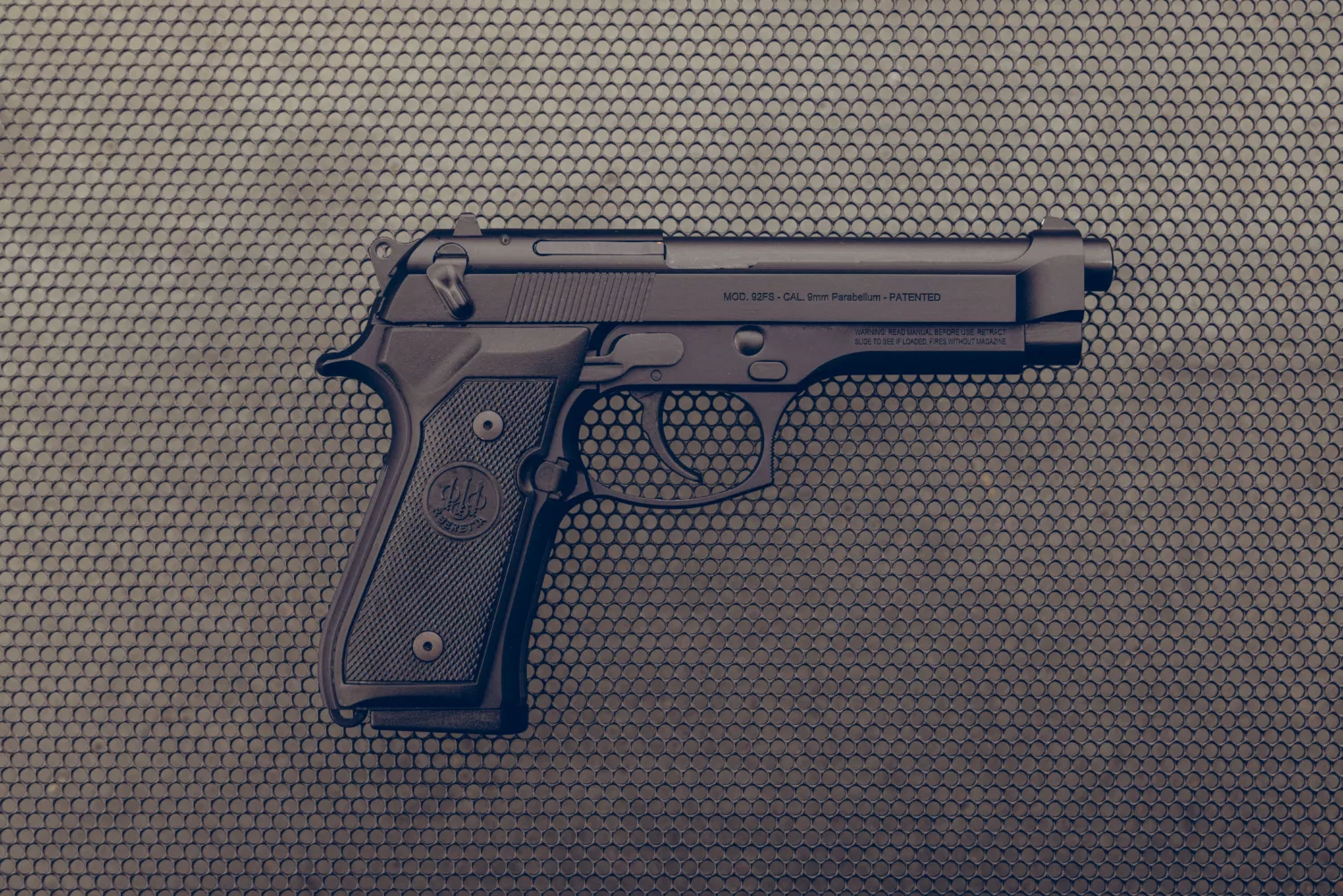
Double/Single Action
One of the most common and popular action types, double/single actions (DA/SA) combines attributes from both types in an attempt to blend their advantages and mitigate their drawbacks.
Double/Single Action handguns can cock and release the hammer or striker with a single pull but can also be cocked manually and fired in single-action with a shorter and/or lighter pull. This may seem at first glance like the obvious best of both worlds, but is not entirely without drawbacks.
In the case of DA/SA revolvers, an exposed hammer allows for manual cocking in the style of a traditional single-action gun, but the internal mechanism also allows for double-action fire. This allows users to fire more rapidly than a single-action revolver, which is particularly useful for close-range or defensive applications, but still thumb the hammer back for precise shots at longer distances, such as when target shooting.
The drawback is that to manually cock the hammer, the hammer must be exposed and have a large enough spur to be easily manipulated by the thumb. This negates the aforementioned benefits of a shrouded or bobbed hammer.
In the case of double/single-action pistols, the drawbacks are more pronounced.
When a DA/SA pistol is loaded and the slide is racked, the hammer or striker is cocked back and a round is fed into the chamber, just as with a single-action pistol. But, DA/SA pistols typically feature an additional control button or lever called a decocker, which, as its name would suggest, allows the user to manually release the tension from the striker or hammer without discharging the weapon, thereby decocking it.
The presence of the decocker allows users to carry their firearm with a round in the chamber but with an uncocked hammer, meaning that a double-action trigger pull (complete with the weight and travel length some users find comforting) is required to discharge the weapon.
However, once fired, the slide will cycle, cocking the hammer in the process. Unless the decocker is actuated again, the hammer will remain cocked, allowing the pistol to be fired single-action with reduced weight and pull distance.
The benefit of this configuration is obvious, providing the safety and peace of mind of a double-action trigger pull, but the short, light trigger of a single-action on all but the first shot. The primary drawback is that users now have two different trigger pulls to contend with.
Many DA/SA users hit low on their target with their first shot, being unused to the heavy initial pull. Others will over-practice with double-action, and strike true on their first shot, but then proceed to hit high with subsequent rounds. As such, mastering a DA/SA pistol can prove a longer and more difficult journey than a DAO or SAO pistol.
DA/SA pistols do still benefit from restrike ability and from an ability to dry-fire rapidly—albeit only in double-action mode.
Single-Action with Restrike Capability
Some rare single-action pistols attempt to combine the benefits of double- and single-action differently. These pistols, such as the Taurus G3, operate primarily in a single-action configuration and do not possess a decocker.
However, they do still have the internal mechanism necessary for a double-action trigger pull, allowing users to restrike a round that failed to fire. Lacking a decocker, though, they possess none of the other benefits or drawbacks of DA/SA guns.
In some cases, these firearms also offer the ability to dry-fire practice rapidly and easily, but often the trigger pull is sufficiently different in “restrike mode” as to render the practice impractical.
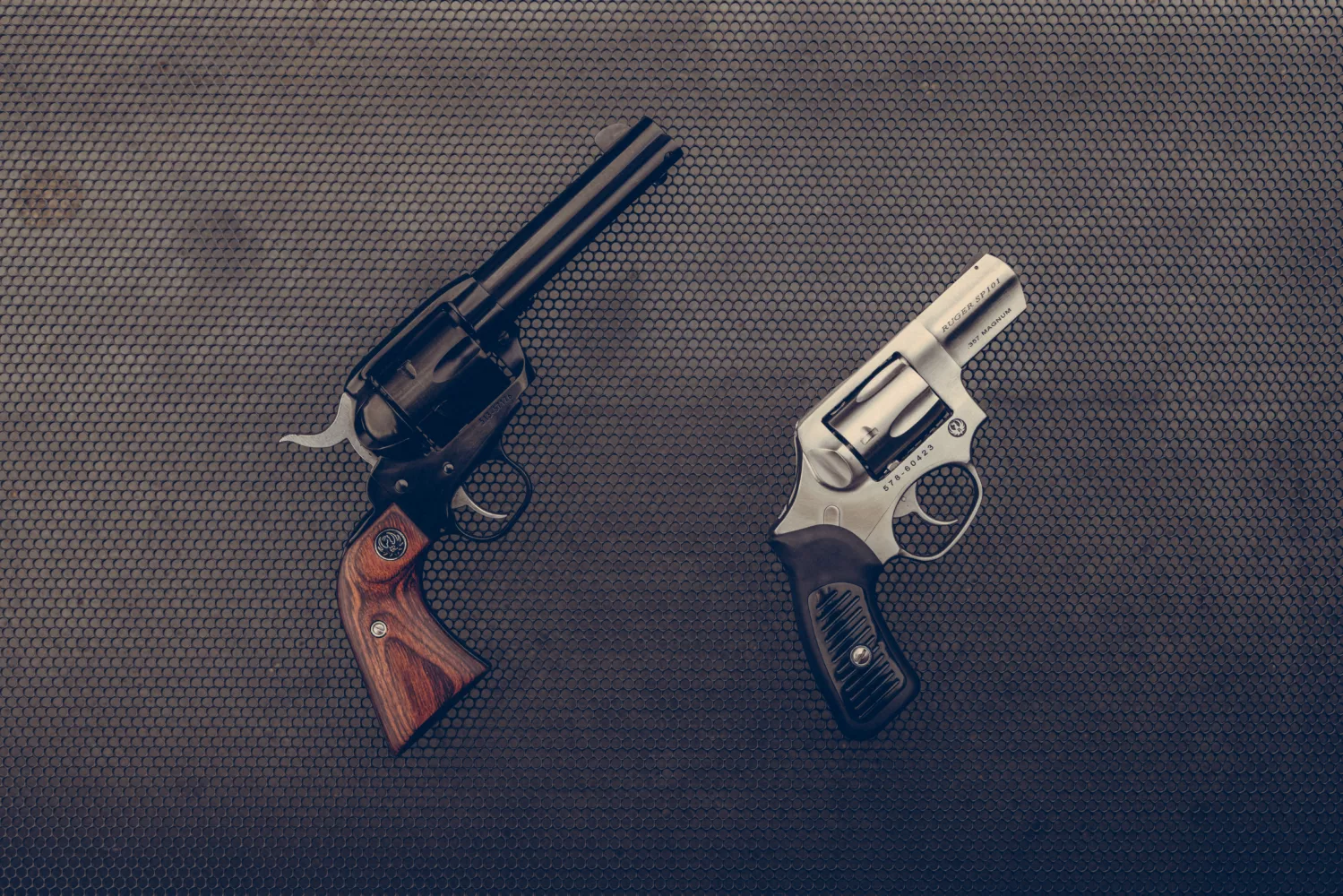
Single-Action vs. Double-Action Revolvers
Single-action and double-action revolvers are sufficiently different that there is very little overlap in their intended use cases. SAO revolvers are primarily replicas of historic models, such as the venerable Colt Single Action Army. These guns are primarily used for recreational target practice or certain types of competitions.
Double-action and DA/SA revolvers, on the other hand, serve a much wider range of purposes. These handguns are still popular as defensive firearms, as well as for competition and target practice. DA/SA revolvers are by far the more common of the two, but DAO revolvers are still somewhat popular as a small, discrete self-defense option.
Double-, single-, and double/single-action revolvers are all still used for handgun hunting where legal.
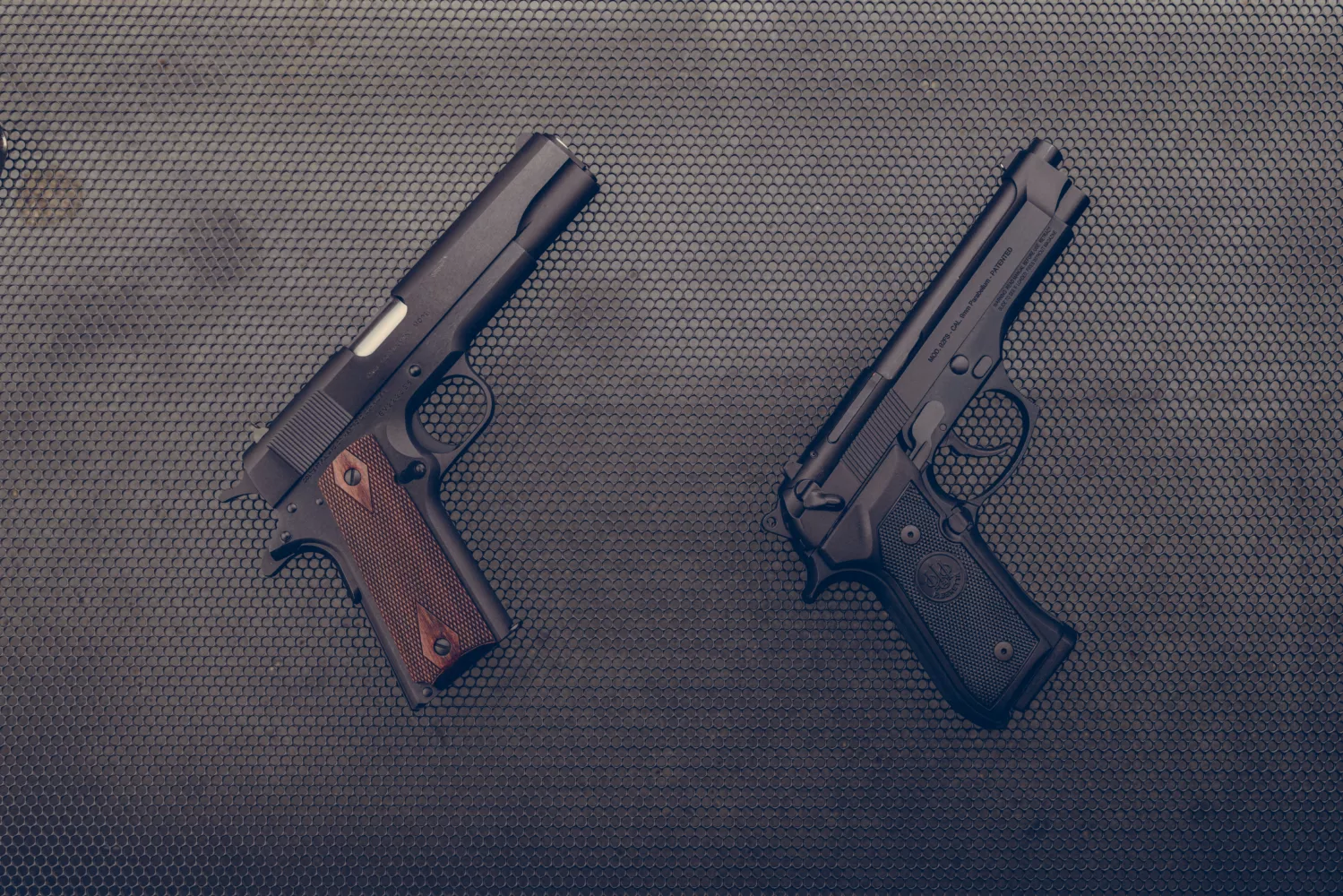
Single-Action Vs. Double-Action Pistols
Unlike with revolvers, there is essentially no difference in use cases for pistols of different action types. SAO, DAO, and DA/SA pistols are all commonly used for all lawful handgun applications, although DAO pistols are relatively uncommon as competition firearms.
Instead, the decision between action types largely comes down to personal preference. Each has its pros and cons, and the decision must be weighed by each individual user.
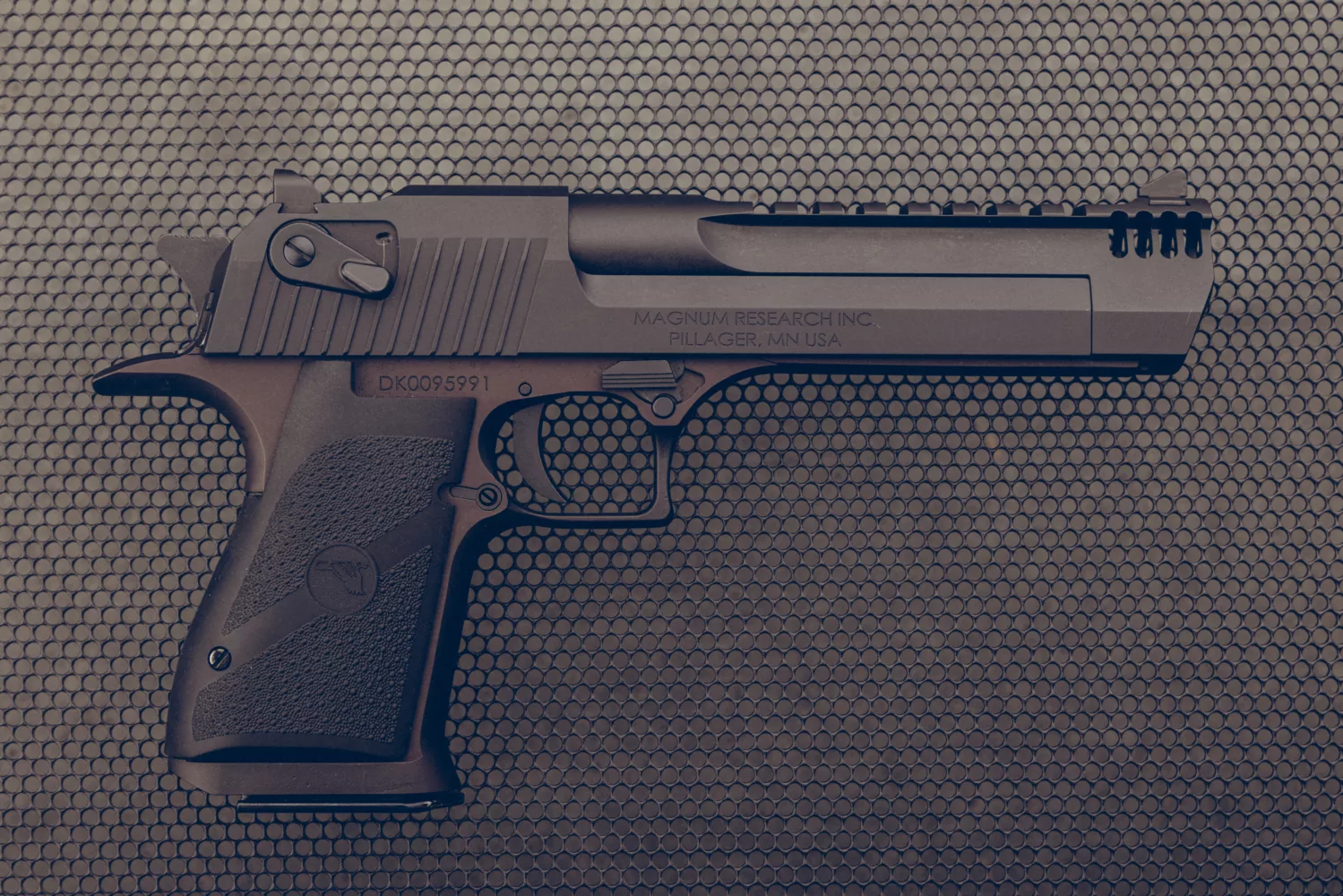
Conclusion
There’s no one right action type; each has its time and place. The decision of which type is best for you is a highly personal one, and in the case of a defensive firearm, potentially a very important one.
Ultimately, though, it’s a choice that cannot often be made in a vacuum, since other factors like a preference for hammer-fired guns vs. striker-fired or pistols vs. revolvers will heavily influence what options are available to you, and which models fit your other criteria.
In making your choice, try to consider each model of firearm holistically, rather than boxing yourself into one action type and limiting your options.













